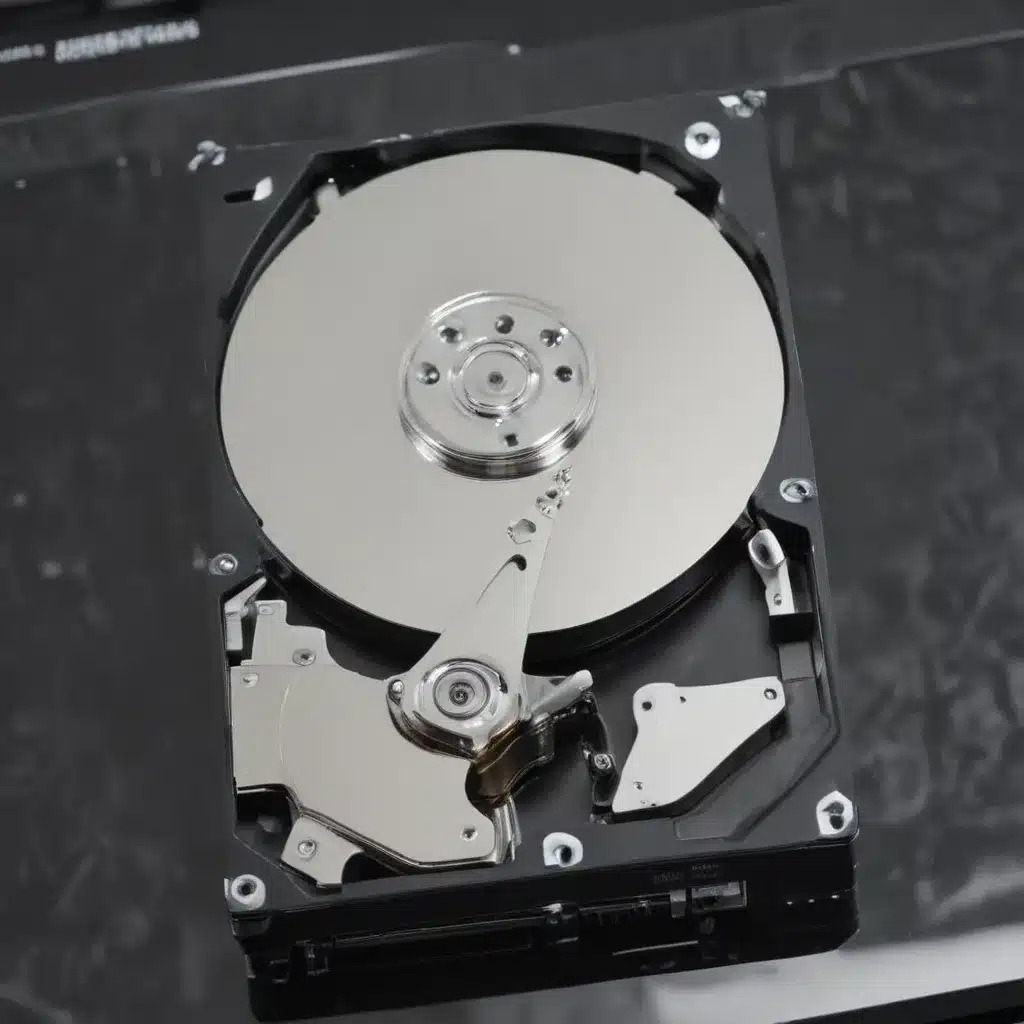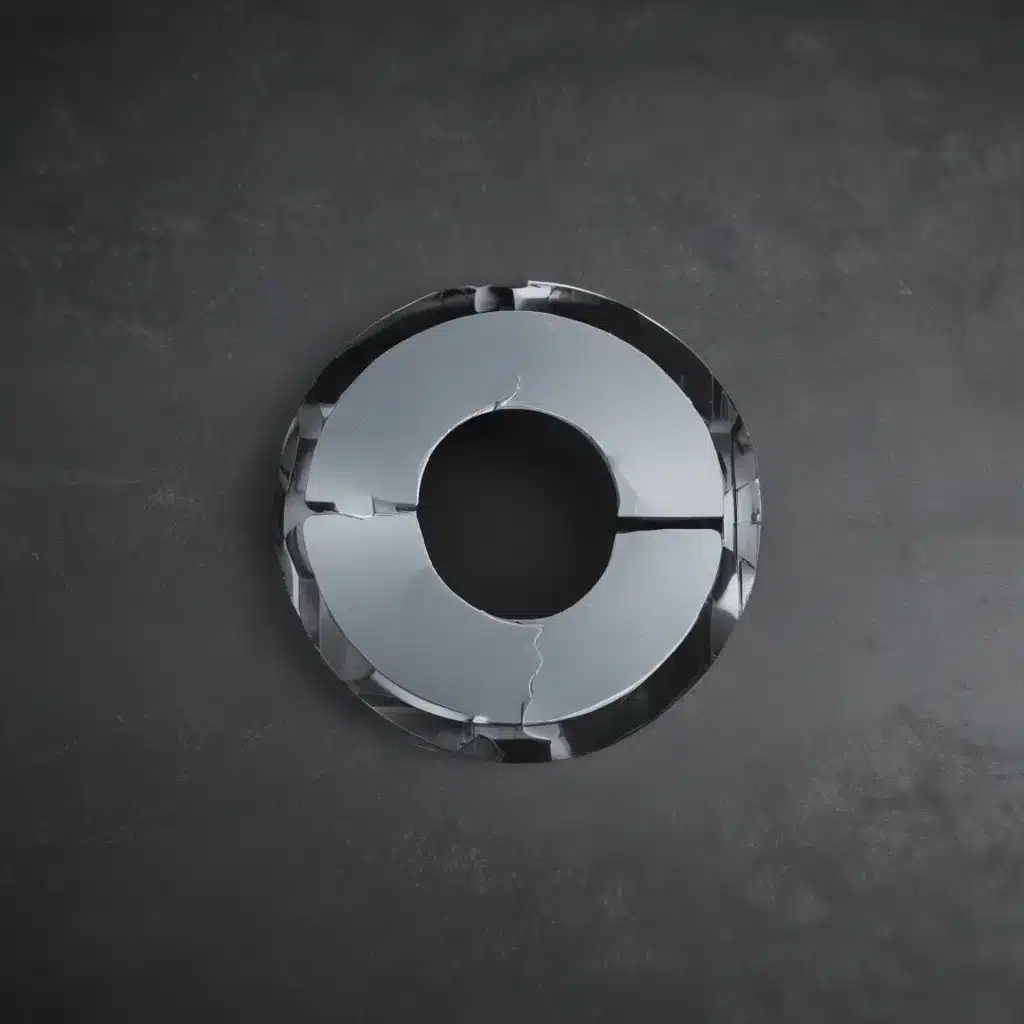Oh boy, do I have a story for you. As a photographer who’s been in the game for over two decades, I’ve seen my fair share of hard drive disasters. And let me tell you, it ain’t pretty. From fried circuits to corrupted file systems, I’ve dealt with it all. But through it all, I’ve learned a thing or two about how to handle these tricky situations.
You see, the key is to approach data recovery the right way – and that definitely doesn’t involve crossing your fingers and hoping your backup works. Nope, that’s a surefire way to end up in a world of hurt. Instead, you need to think like a professional and take a systematic approach to restoring your corrupted drives.
Now, I know what you’re thinking – “But Pete, I thought RAID was supposed to be my backup?!” Hah, if only it were that simple. The harsh reality is that RAID is not a substitute for a proper backup strategy. In fact, it can actually lull you into a false sense of security [1].
As one Quicken user learned the hard way, having a RAID setup doesn’t mean you’re immune to data loss. When his drive crashed, he tried using a recovery app to no avail [2]. The moral of the story? RAID is great for redundancy, but it won’t save you from accidental deletions, ransomware, or good old-fashioned hardware failure.
So, what’s a savvy computer user to do? Well, let me walk you through my foolproof method for restoring corrupted drives – the professional way.
The Professional Approach to Data Recovery
First and foremost, it’s crucial to understand that not all data recovery situations are created equal. Some can be easily fixed with a few simple steps, while others require the expertise of a seasoned pro. The key is to assess the severity of the problem before diving in.
Now, I know what you’re thinking – “But Pete, I’m no data recovery expert! How am I supposed to know what I’m dealing with?” Don’t worry, my friend, that’s where your trusty search engine comes in handy. By scouring the web for relevant information, you can quickly get a sense of the issue at hand and determine the best course of action [3].
For example, let’s say your RAID 5 array has gone belly-up. After some digging, you might discover that this particular problem is often caused by a failed parity drive. In that case, you’d want to enlist the help of a professional data recovery service, as attempting a DIY fix could easily make the situation worse [4].
On the other hand, if you’re dealing with a simple file deletion or corruption, there are plenty of nifty software tools out there that can help you get back on track. Just be sure to do your research and choose a reputable program that won’t end up causing more harm than good.
Backups: The Unsung Heroes of Data Recovery
Now, I know what you’re thinking – “But Pete, if I can’t rely on RAID, what the heck am I supposed to do?” Well, my friends, the answer is as simple as it is crucial: backups. That’s right, good old-fashioned backups.
Now, I know what you’re thinking – “But Pete, I already have a RAID setup! Isn’t that the same thing?” Hah, if only it were that simple. The harsh reality is that RAID is not a substitute for a proper backup strategy. In fact, it can actually lull you into a false sense of security [1].
As one Quicken user learned the hard way, having a RAID setup doesn’t mean you’re immune to data loss. When his drive crashed, he tried using a recovery app to no avail [2]. The moral of the story? RAID is great for redundancy, but it won’t save you from accidental deletions, ransomware, or good old-fashioned hardware failure.
But don’t worry, my friends, there’s a solution. By implementing a robust backup system, you can rest easy knowing that your precious data is safe and sound. And the best part? It doesn’t have to be complicated or expensive.
Take it from me – I’ve got a foolproof system that’s saved my bacon more times than I can count. It all starts with a simple Time Machine backup on an external drive. But that’s just the tip of the iceberg. I also keep a separate set of drives, each with a full backup of the previous year’s work, stored in a watertight case. And if that’s not enough, I’ve got another copy stashed away in a safe deposit box [5].
The Power of Redundancy
Now, I know what you’re thinking – “But Pete, that sounds like a lot of work!” And you know what? You’re absolutely right. Maintaining a comprehensive backup system does require a bit of effort. But let me tell you, it’s worth every second.
You see, the key to effective data recovery is redundancy. By having multiple copies of your data stored in different locations, you’re significantly reducing the risk of a catastrophic loss. And let’s be real, in today’s digital world, that’s a risk we can’t afford to take.
Just imagine the horror of losing years’ worth of precious memories or irreplaceable client work. It’s a nightmare scenario that no one wants to face. But with a solid backup strategy in place, you can kiss those worries goodbye.
Putting It All Together
So, there you have it, my friends – the secret to restoring corrupted drives the professional way. It all comes down to a simple three-step process:
- Assess the severity of the problem and determine if you need professional help.
- Implement a robust backup system that includes onsite, offsite, and cloud-based storage.
- Rest easy, knowing that your data is safe and sound, no matter what life throws your way.
Trust me, it may seem like a lot of work upfront, but the peace of mind you’ll gain is priceless. And who knows, it just might save your bacon one day.
So, what are you waiting for? It’s time to take your data recovery game to the next level. Ditch the RAID, embrace the backup, and watch as your computer woes melt away. Your future self will thank you, I promise.
[1] https://www.petemarovichimages.com/never-use-a-raid-as-your-backup-system/
[2] https://community.quicken.com/discussion/7939328/good-way-to-find-and-restore-quicken-data-and-quick-backup-files-from-a-crash-drives-metadata
[3] https://forum.acronis.com/forum/acronis-true-image-home-forum-older-versions/repair-corrupted-tib-file
[4] https://community.spiceworks.com/t/my-raid-10-array-has-corrupted-how-do-i-get-back-my-data/606358
[5] https://www.petemarovichimages.com/never-use-a-raid-as-your-backup-system/













